Home>Gardening & Outdoor>Landscaping Ideas>Why Is Grass Brown At St Andrews
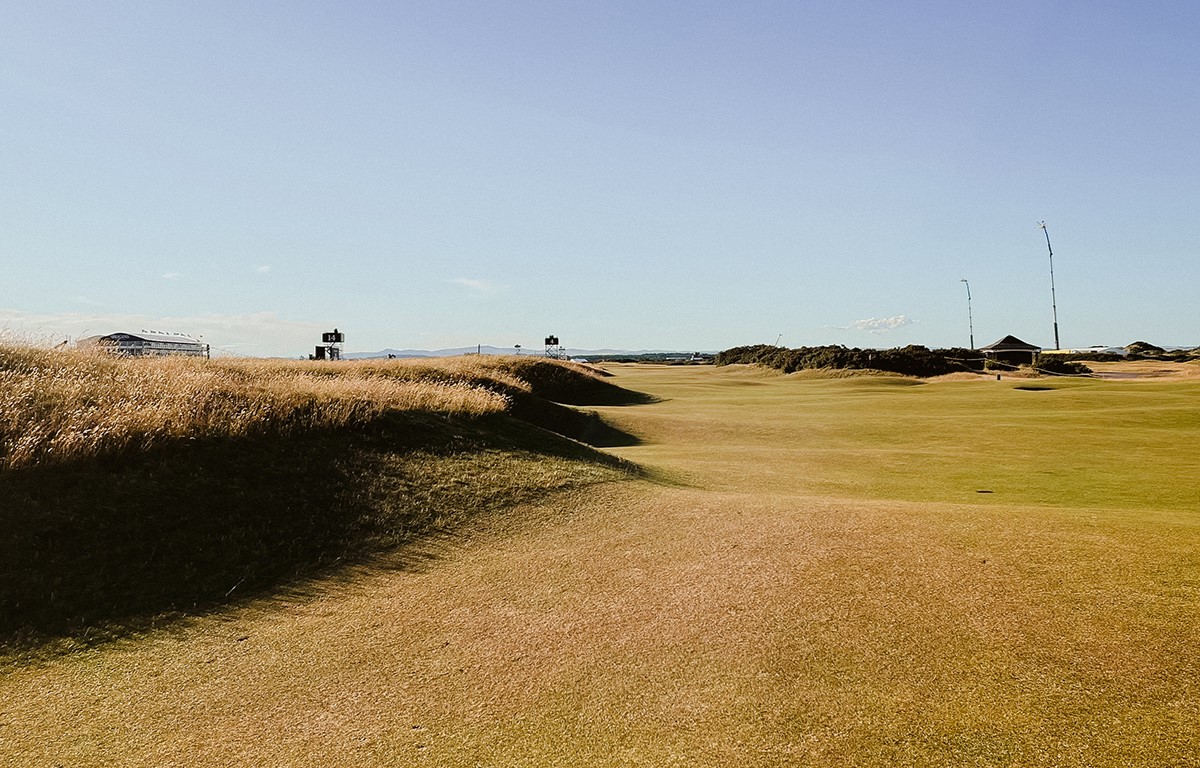

Landscaping Ideas
Why Is Grass Brown At St Andrews
Modified: March 28, 2024
Discover the reasons behind the brown grass at St Andrews and get landscaping ideas to revive your lawn. Learn how to achieve lush greenery with our expert tips.
(Many of the links in this article redirect to a specific reviewed product. Your purchase of these products through affiliate links helps to generate commission for Storables.com, at no extra cost. Learn more)
Introduction
Welcome to the historic and prestigious St Andrews, where the lush green fairways of the golf courses are synonymous with natural beauty and precision. However, have you ever wondered why the grass at St Andrews sometimes appears brown, especially during certain seasons? In this article, we will delve into the factors that contribute to the unique appearance of the grass at St Andrews, shedding light on the interplay of climate, soil composition, and maintenance practices. By understanding these elements, we can gain a deeper appreciation for the intricate balance that shapes the landscape of this iconic destination.
Key Takeaways:
- The grass at St Andrews turns brown in winter to conserve energy, but rejuvenates in warmer seasons, showcasing the resilience of the grass and the impact of climate on its appearance.
- The sandy soil and meticulous maintenance practices contribute to the vibrant green hues of the grass at St Andrews, highlighting the dynamic interplay of natural elements and human care.
The Role of Climate
The climate plays a pivotal role in shaping the appearance of the grass at St Andrews. Located in the coastal town of St Andrews in Scotland, the region experiences a maritime climate characterized by relatively mild temperatures, ample rainfall, and moderate sunlight. These climatic conditions create a nurturing environment for a variety of grass species, including the fine fescues and bentgrass commonly found on the golf courses.
During the winter months, the cooler temperatures and reduced sunlight can contribute to the temporary browning of the grass. This natural response is a survival mechanism employed by the grass to conserve energy and protect itself from environmental stress. As the seasons transition and temperatures rise, the grass at St Andrews rejuvenates, revealing its vibrant green hues once again.
Furthermore, the coastal proximity of St Andrews introduces the influence of salt-laden air, which can impact the color and health of the grass. While the salt spray from the sea can present challenges for maintaining optimal turf conditions, the resilient grasses at St Andrews have adapted to thrive in this unique coastal setting.
Soil Composition
Beneath the surface of St Andrews’ renowned golf courses lies a complex tapestry of soil composition that significantly influences the appearance and health of the grass. The soils in this region are typically characterized by their sandy texture, a feature that offers both advantages and challenges for turf management.
The sandy soil composition facilitates efficient drainage, preventing waterlogging and promoting aeration, which are essential for the root systems of the grass to thrive. However, the fast-draining nature of sandy soils also means that essential nutrients can be swiftly leached away, requiring strategic fertilization and soil amendment practices to maintain the vitality of the grass.
Moreover, the sandy soils at St Andrews contribute to the unique visual aspect of the grass. The lighter color of the sandy soil particles can impart a subtle influence on the overall appearance of the turf, especially during dry periods when the soil becomes more exposed. This interaction between the grass and the sandy soil underscores the dynamic relationship between the natural elements that shape the landscape of St Andrews.
Grass at St Andrews may appear brown due to dormancy in the winter months. This is a natural survival mechanism to conserve energy and protect the grass from cold temperatures.
Maintenance Practices
The impeccable condition of the grass at St Andrews is a testament to the meticulous maintenance practices employed to uphold the legendary quality of the golf courses. From expert turf management techniques to strategic irrigation and mowing schedules, every aspect of maintenance is carefully orchestrated to preserve the visual allure and playability of the courses.
One of the key maintenance practices that contributes to the vibrancy of the grass is the precise application of fertilizers and soil amendments. By supplementing the sandy soils with essential nutrients and organic matter, the turf managers at St Andrews ensure that the grass receives the nourishment it needs to thrive, enhancing its resilience and color.
Strategic irrigation also plays a crucial role in sustaining the health and appearance of the grass. The careful balance of providing adequate moisture without overwatering is essential, especially during dry spells when the grass may exhibit signs of stress. The precise management of irrigation helps to mitigate the impact of drought conditions, supporting the grass in maintaining its verdant hue.
Furthermore, the art of mowing is elevated to a science at St Andrews, where the turf is expertly groomed to an optimal height that enhances playability and aesthetics. The precise mowing practices not only contribute to the visual appeal of the courses but also promote the dense, uniform growth of the grass, creating a velvety carpet that is synonymous with the golfing excellence of St Andrews.
Conclusion
The captivating allure of the grass at St Andrews is a harmonious symphony orchestrated by the interplay of climate, soil composition, and meticulous maintenance practices. From the seasonal nuances that imbue the landscape with ever-changing hues to the resilient adaptation of the grass to the coastal environment, St Andrews stands as a testament to the artistry and science of turf management.
While the occasional sight of brown grass may intrigue and even perplex observers, it is a natural expression of the grass’s resilience and the dynamic forces at play. The maritime climate, sandy soil composition, and expert maintenance practices converge to shape the verdant tapestry that has captivated golf enthusiasts and nature lovers alike.
Ultimately, the beauty of the grass at St Andrews transcends mere aesthetics; it embodies a narrative of endurance, care, and the timeless pursuit of excellence. As the seasons ebb and flow, the grass at St Andrews continues to weave a story of natural elegance, inviting all who behold it to marvel at the captivating dance between nature’s hand and human stewardship.
Frequently Asked Questions about Why Is Grass Brown At St Andrews
Was this page helpful?
At Storables.com, we guarantee accurate and reliable information. Our content, validated by Expert Board Contributors, is crafted following stringent Editorial Policies. We're committed to providing you with well-researched, expert-backed insights for all your informational needs.
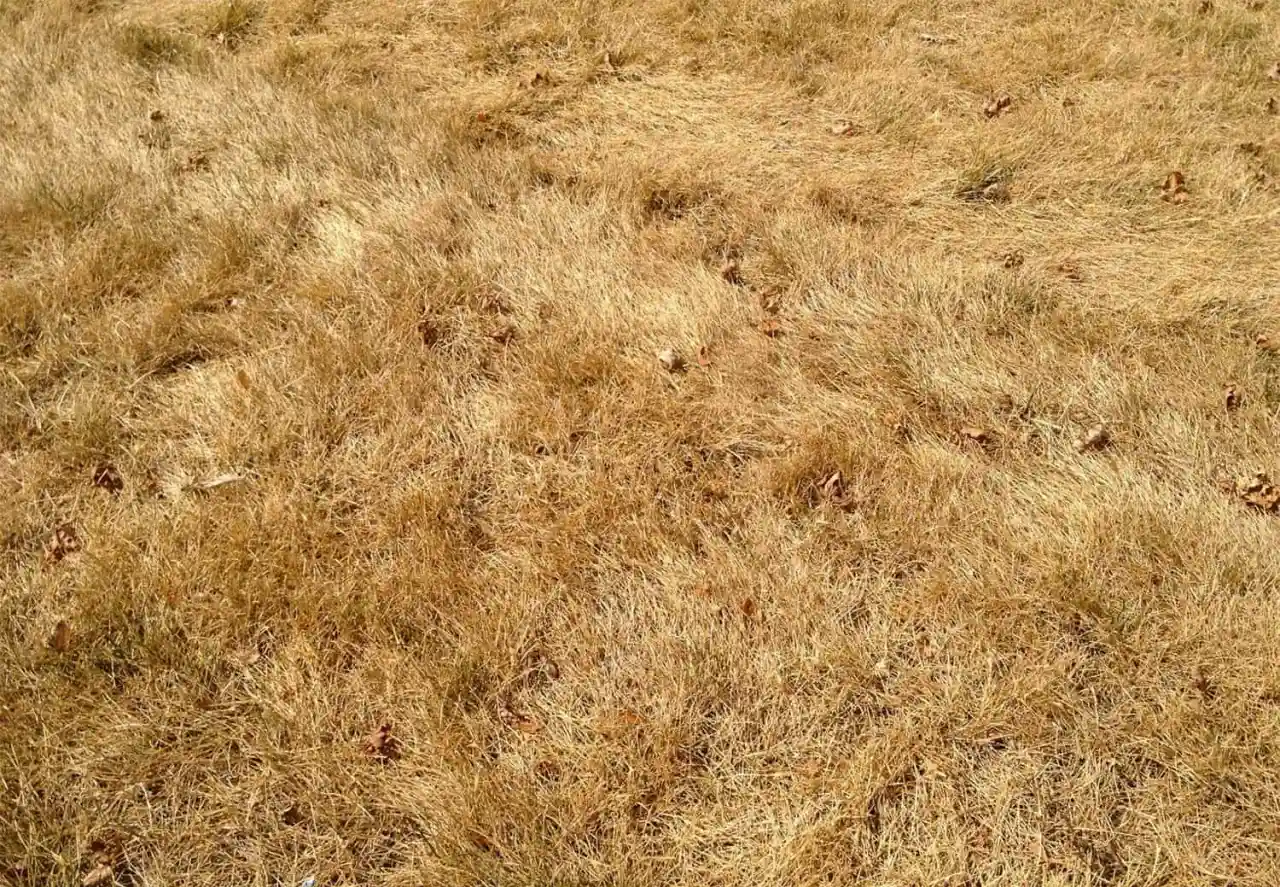
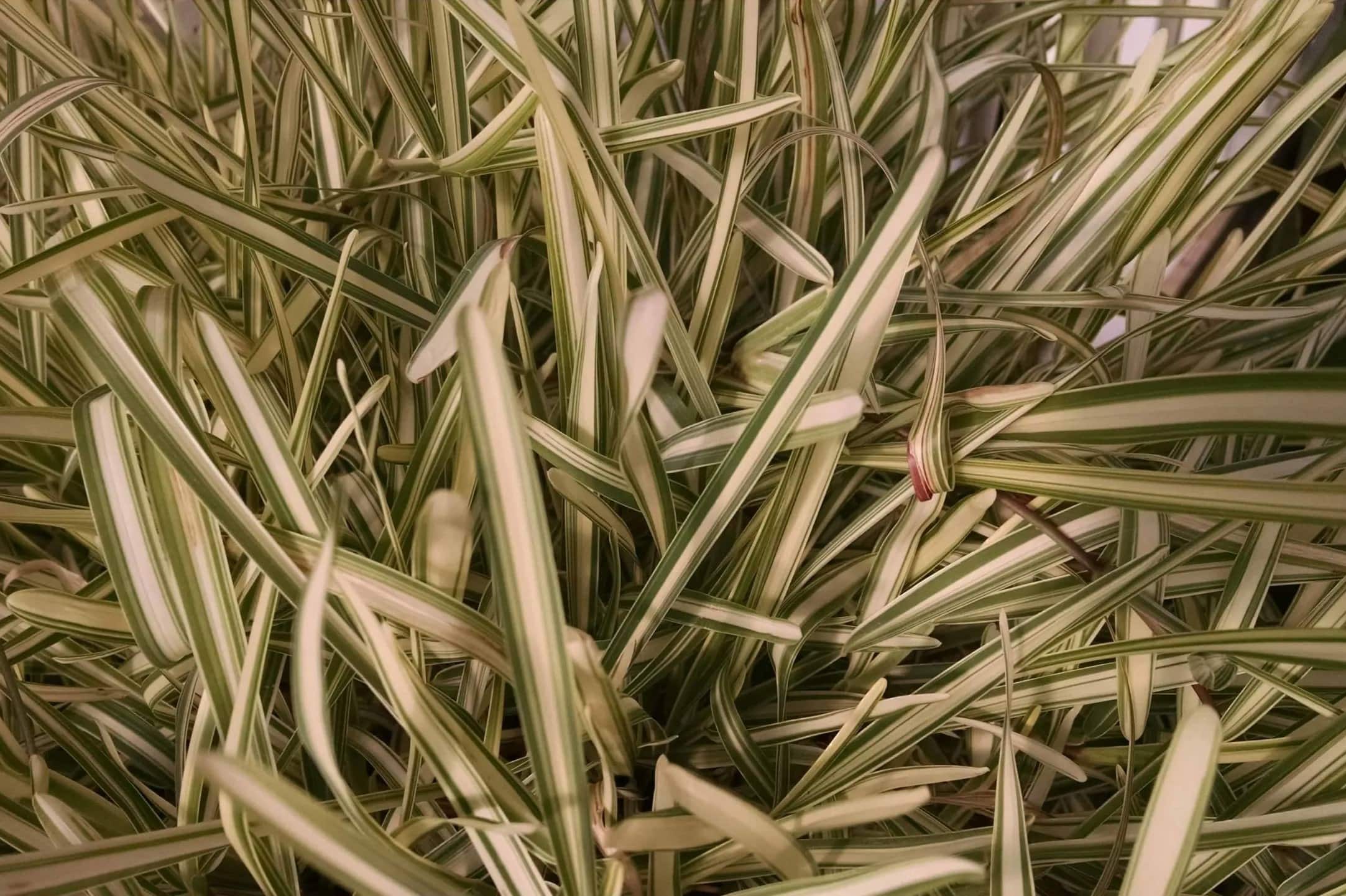
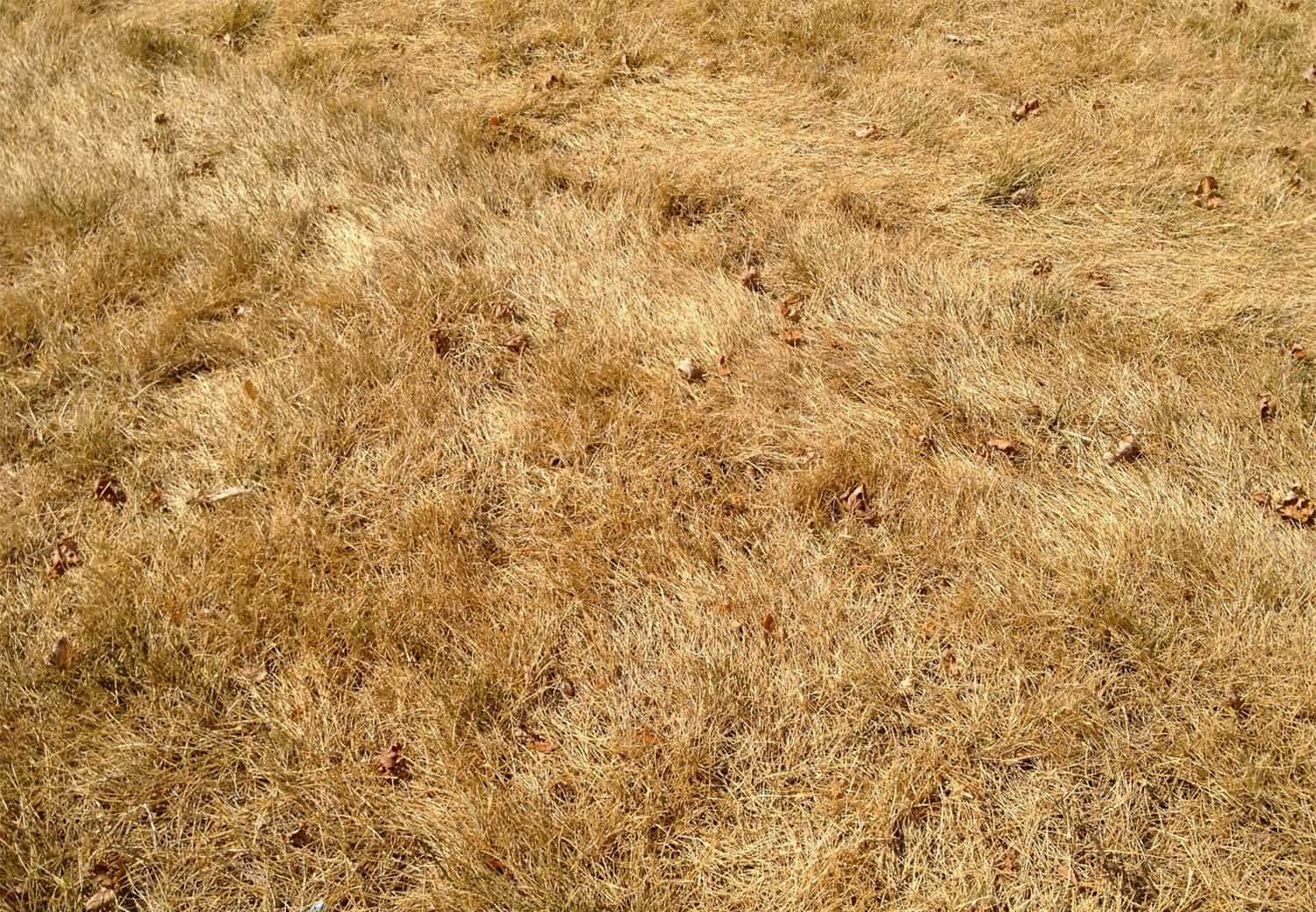
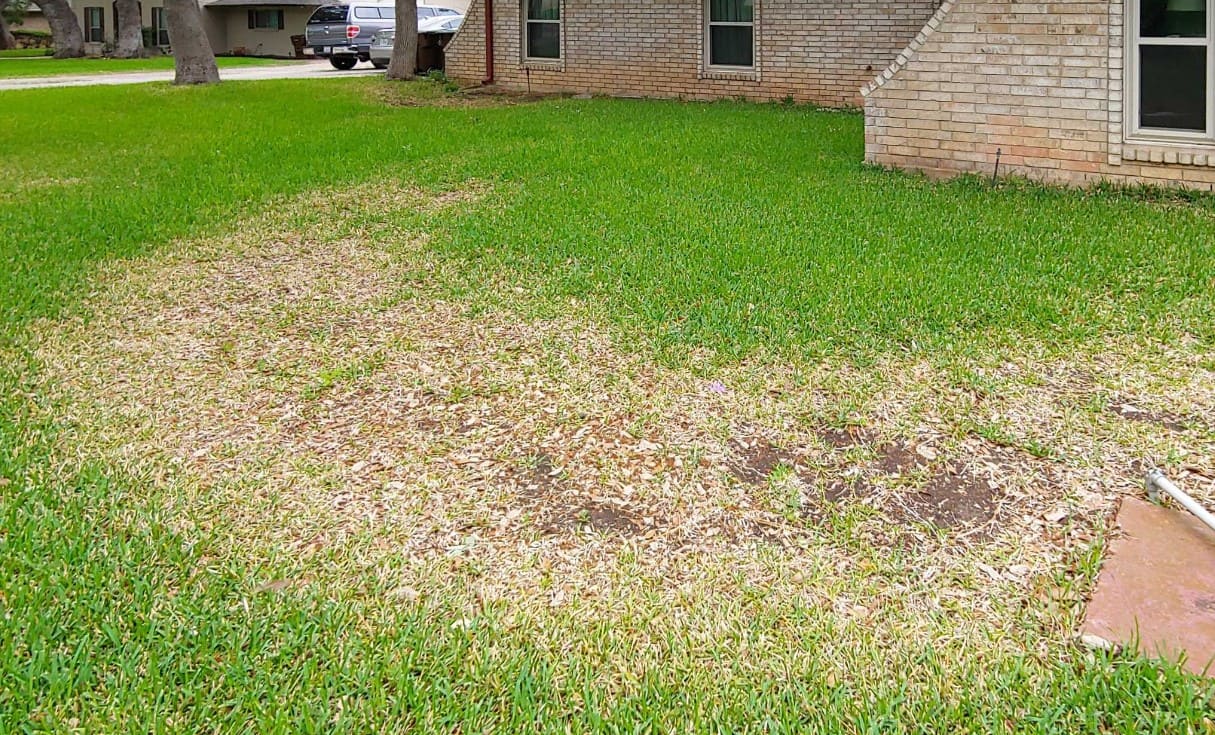
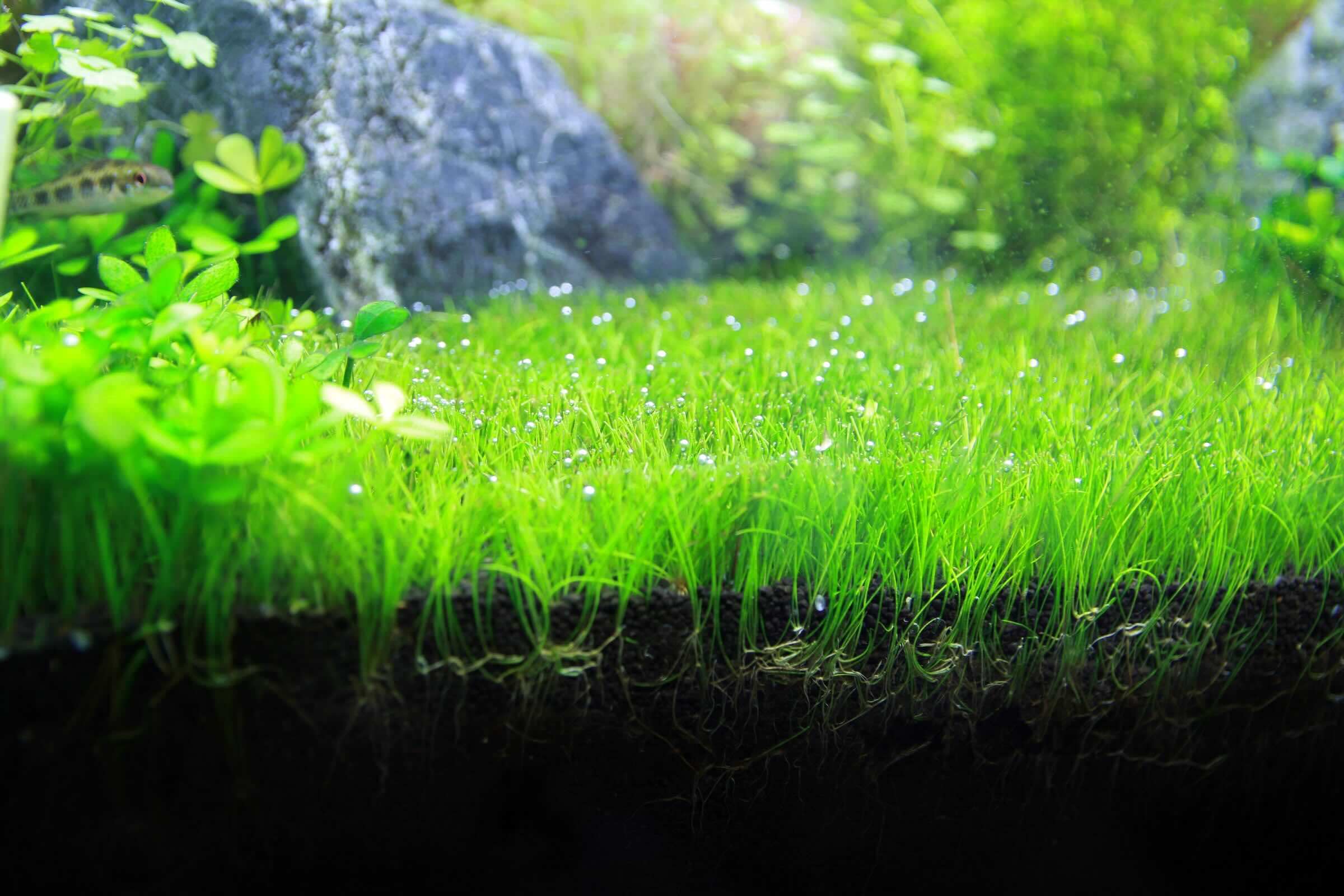
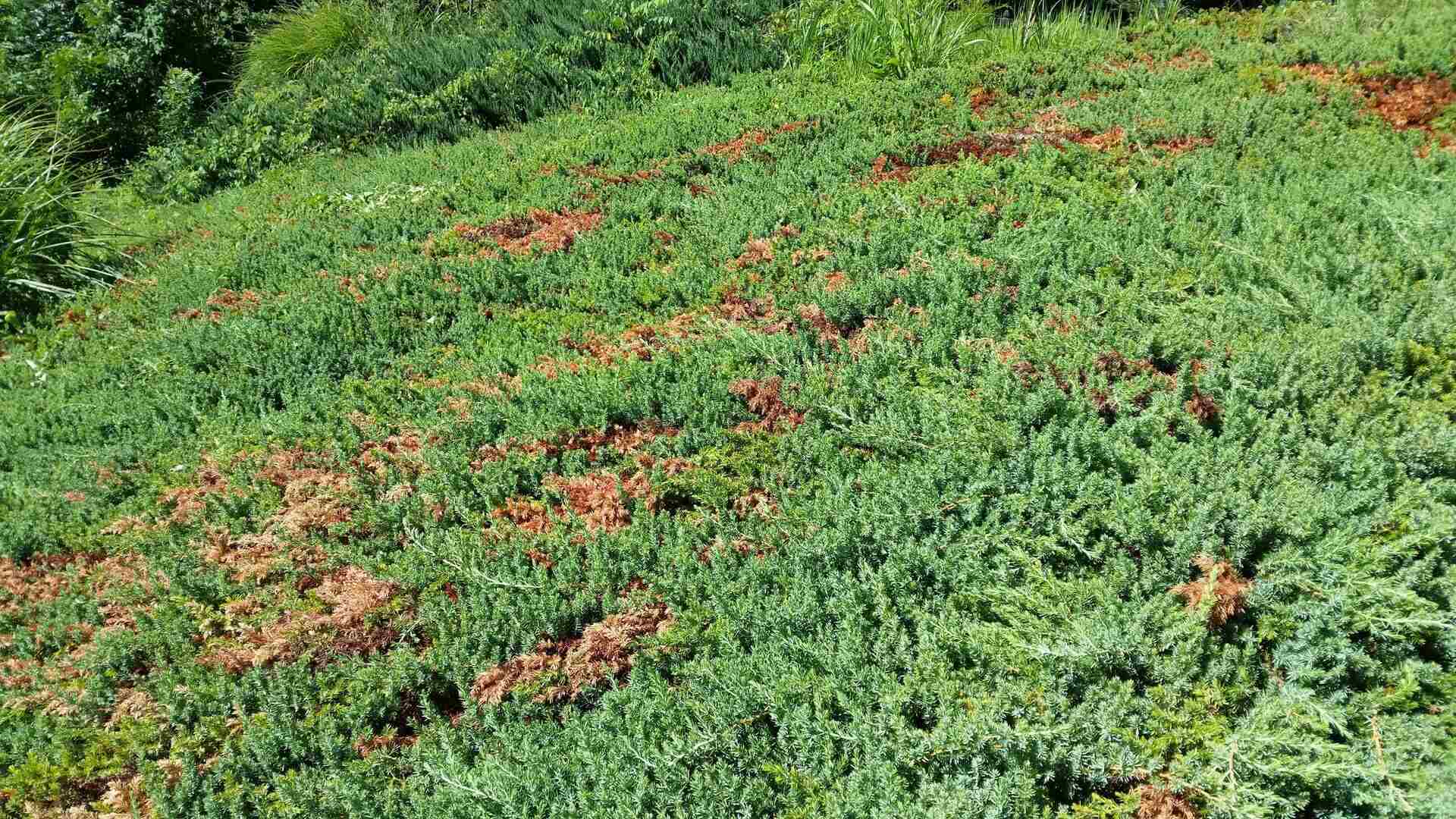
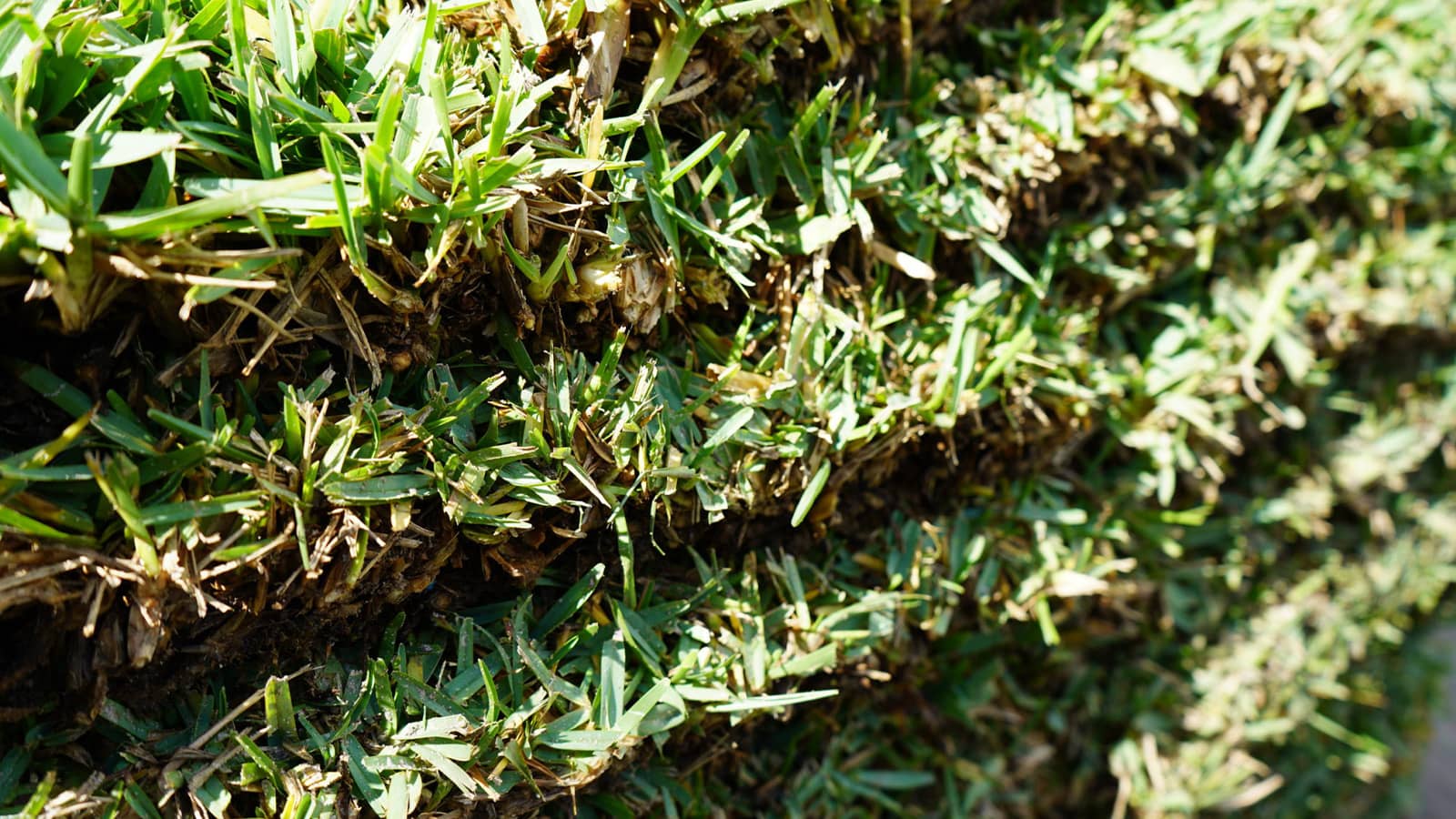
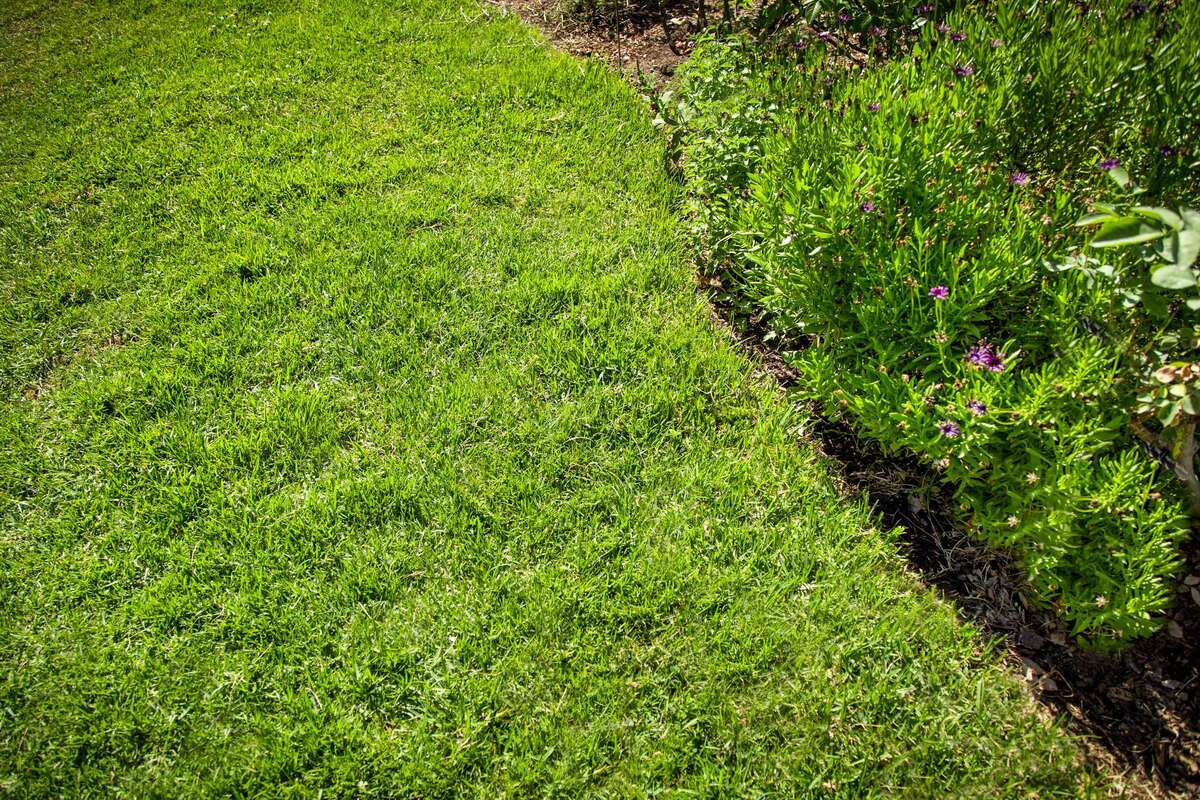

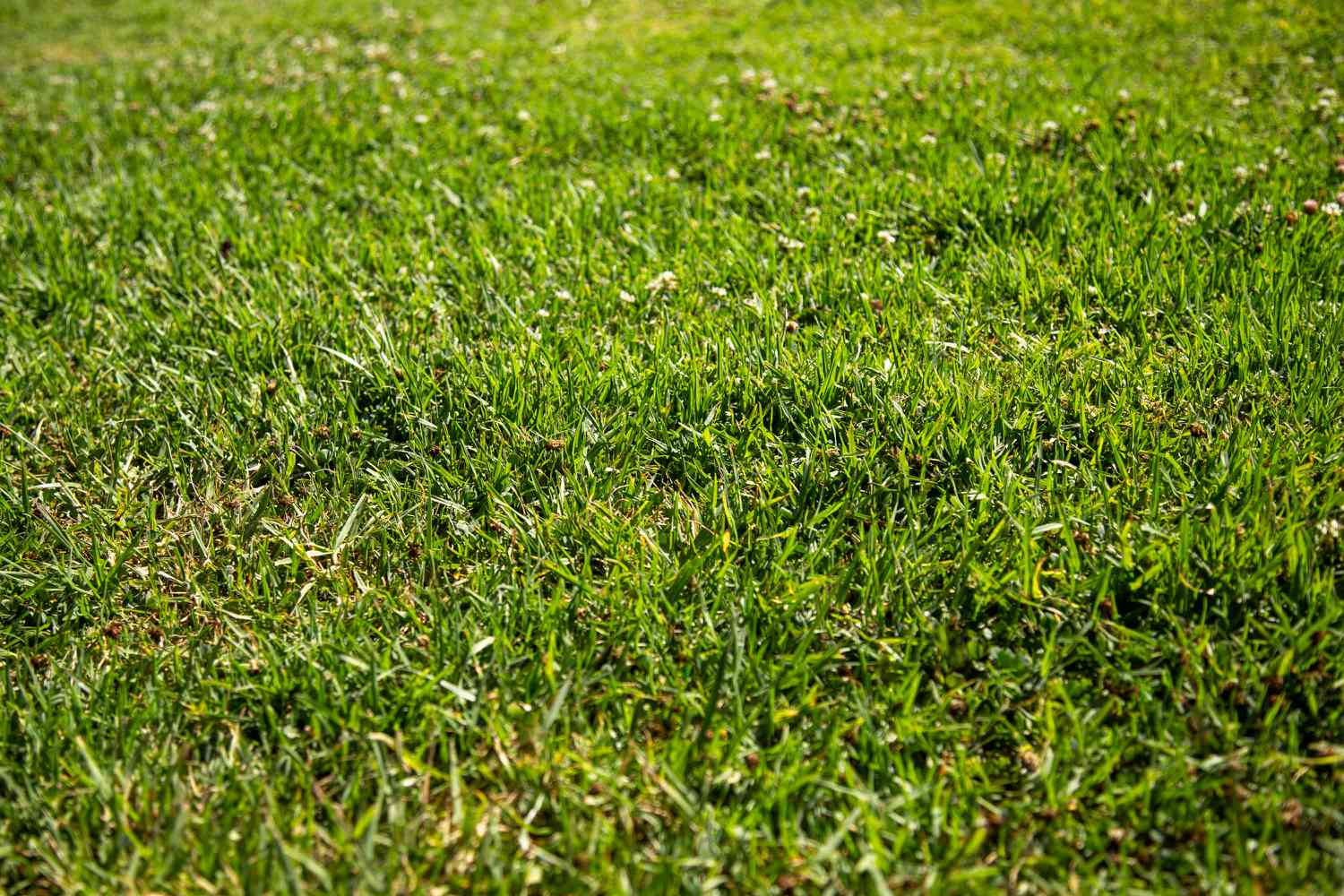
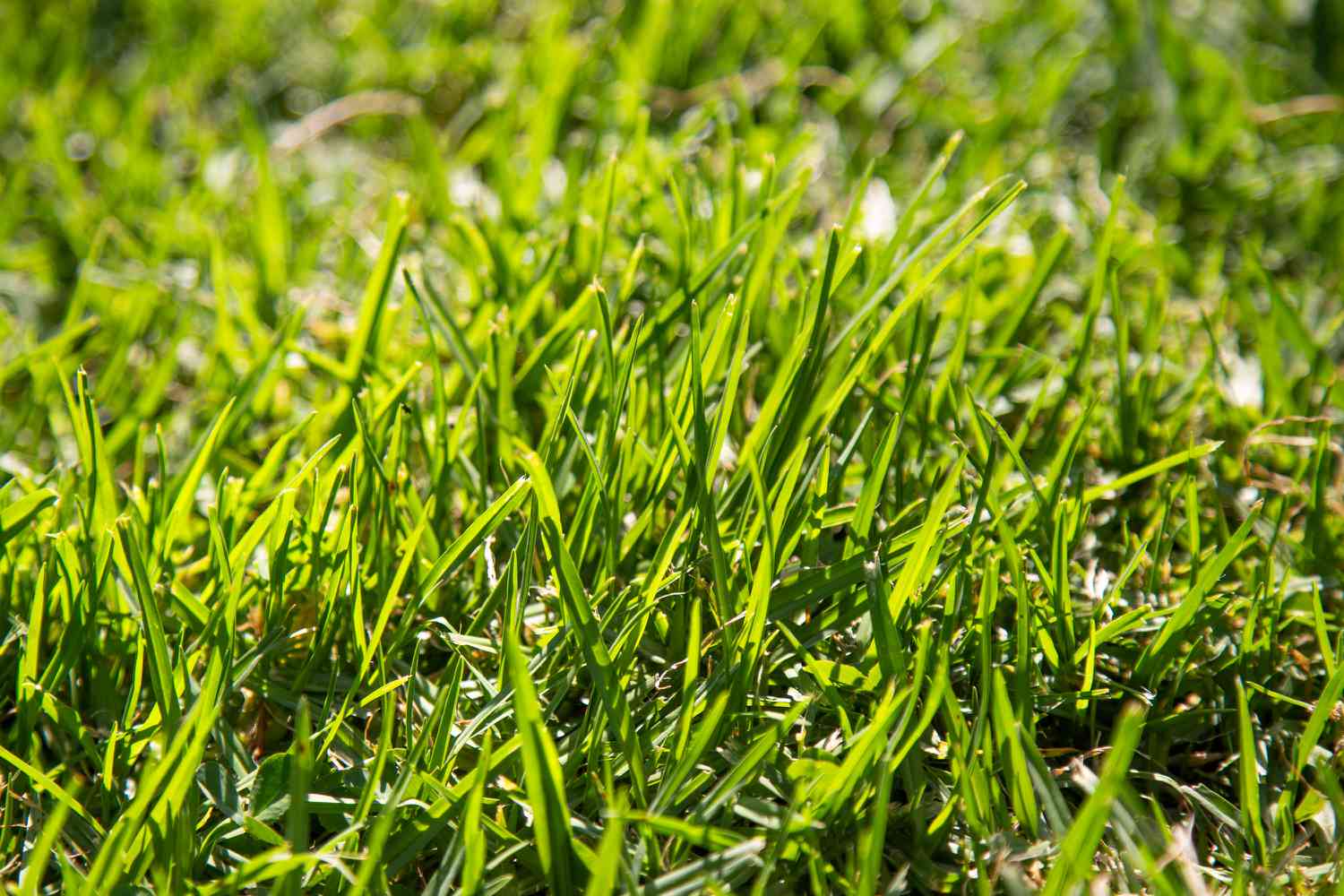
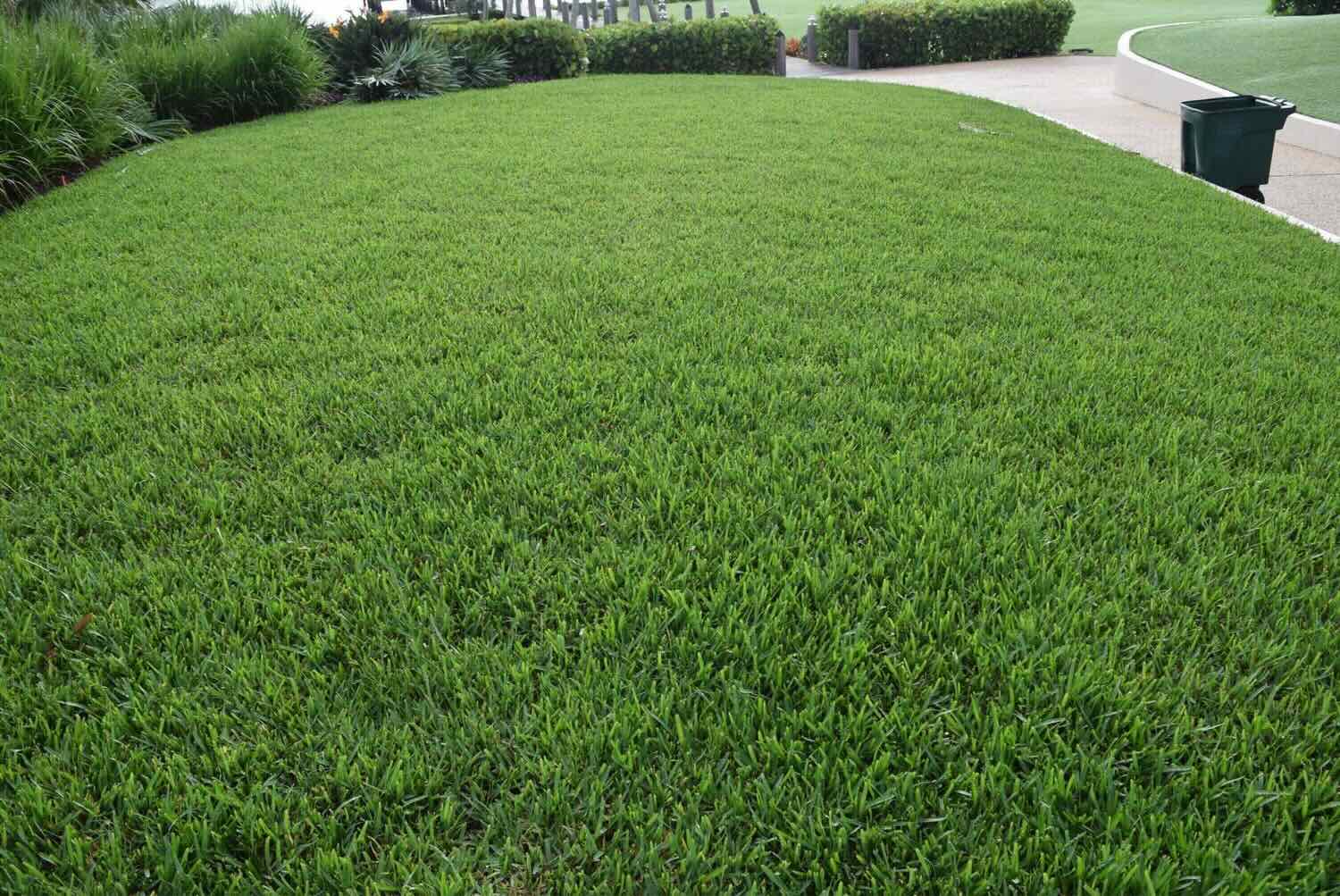
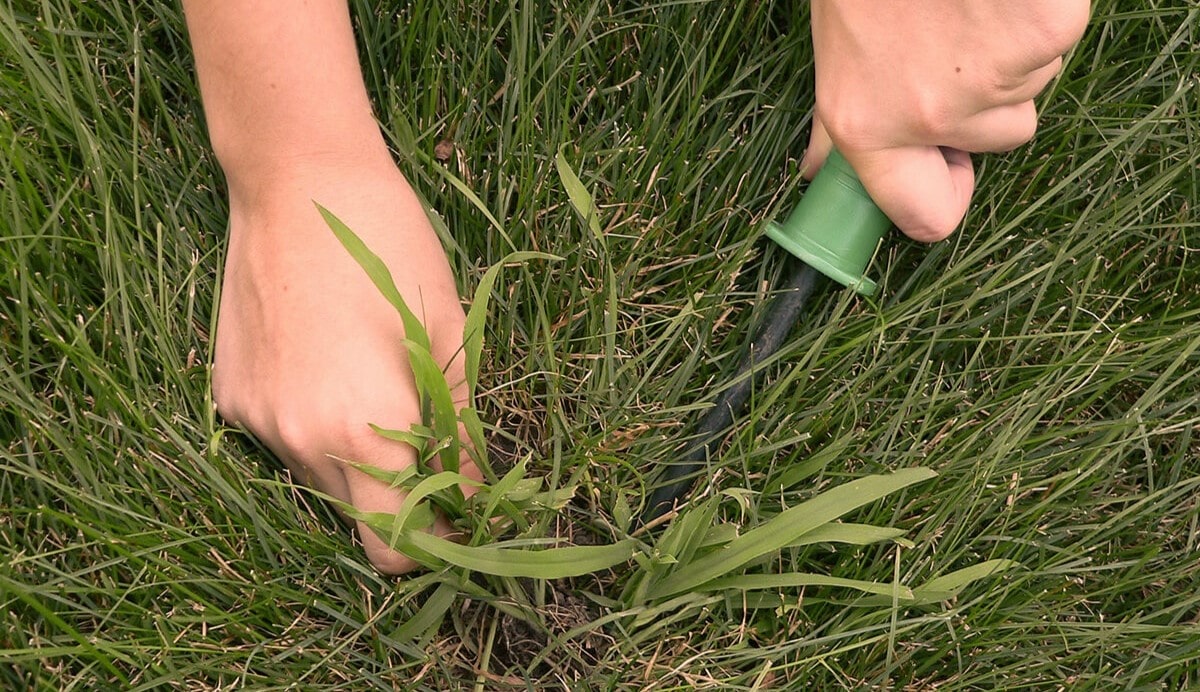
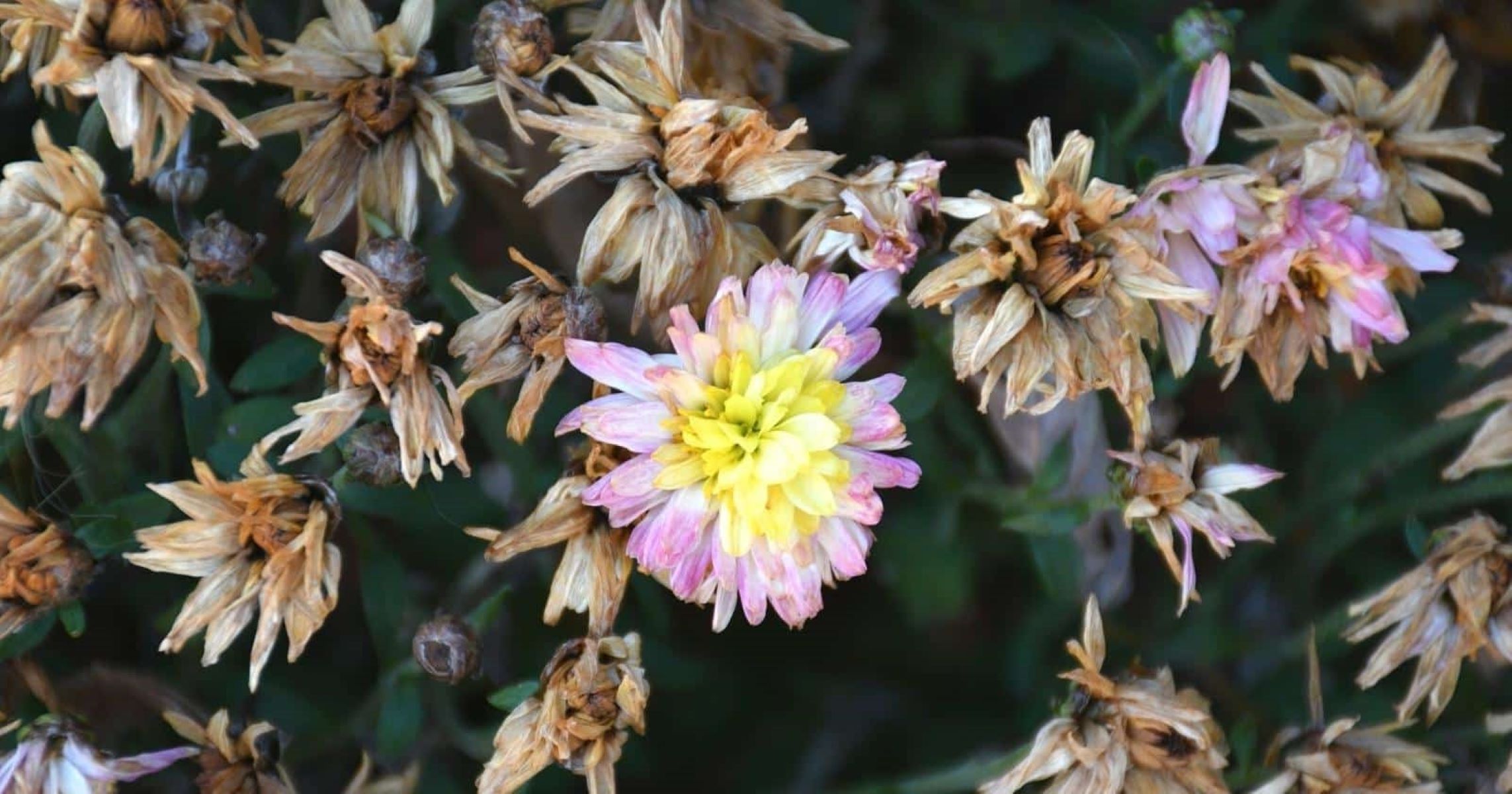
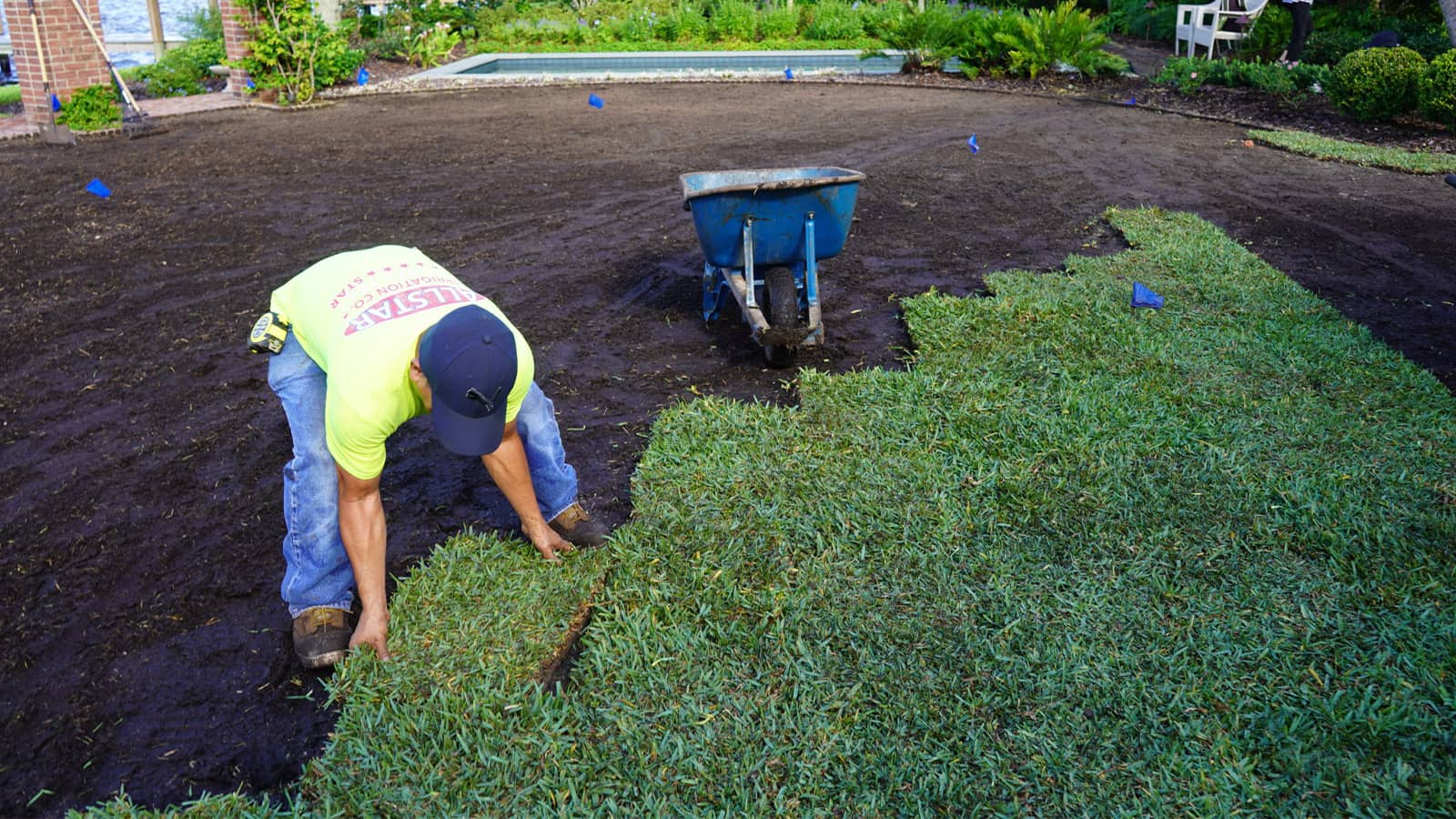

0 thoughts on “Why Is Grass Brown At St Andrews”